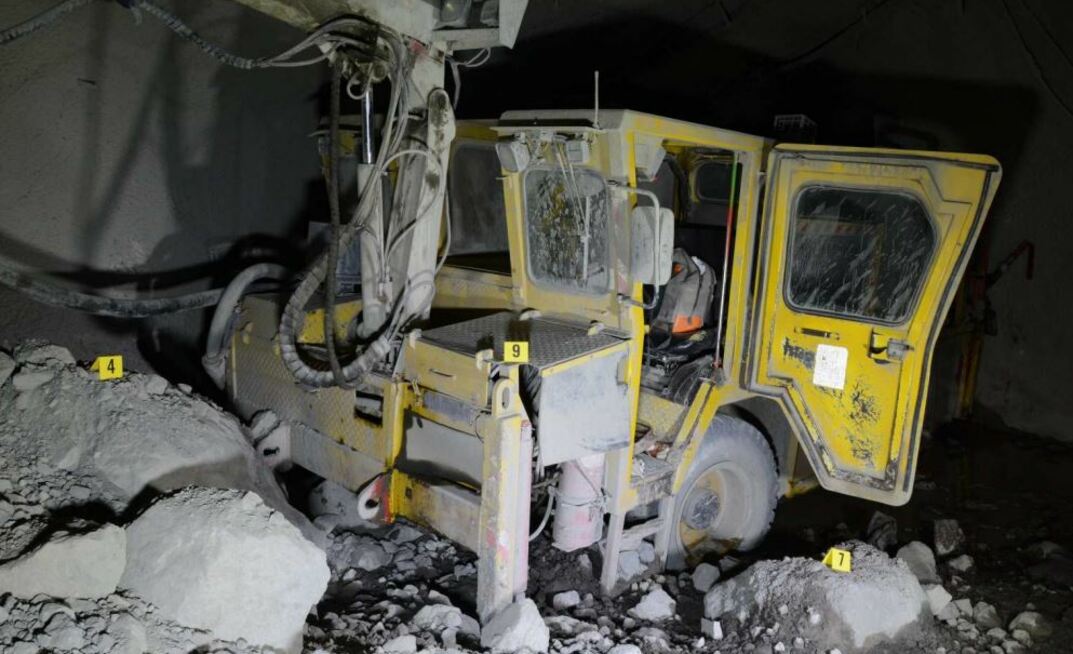On September 6 2015 Lee Peters was killed after being crushed in a pinch point between a Jacon Maxijet water cannon and a mine wall 1 km underground in an extraction drive.
The 28 year old Peters was using the water cannon to bring down an overhang at the East 6 draw point in extraction drive 10 when fragmented rock flowed out of a blocked draw point and hit the front of the machine.
The rock pushed the machine backwards causing its left hand rear corner to hit the western sidewall of the extraction drive.
Peters was found trapped in the pinch point on the northern side of the water cannon by another worker.
The investigation by the Regulatory Audit and Investigation Unit of the NSW Department of Industry, Skills and Regional Development ultimately found the system of work at Ridgeway failed for three main reasons.
First, the system relied on bunds as critical controls in front of draw points as barriers even though there was evidence that broken rock from a cave could clear a bund in some circumstances.
Secondly, the modified water cannon was not fit-for-purpose. Originally a shotcreter, the machine was modified to be able to water down a hung up draw point. For the cannon to work properly the operator was forced to stand outside the cab with a remote control in the line of fire of rock inflows.
Lastly, the system relied heavily on worker compliance, which was risky because of the hazardous and dynamic nature of the environment.
Operators had to be able to detect the inflow of material quick enough so they could remove themselves from the line of fire, possibly in limited or zero visibility due to dust.
As a result of the investigation a number of industry recommendations have been made for operators of metalliferous underground mines that contain draw points but are not block cave operations.
According to the department, when engaged in block cave mining and draw point production activities mine operators should use the hierarchy of controls when developing critical controls, with a focus on hard controls such as elimination, substitution or engineering.
They should also consider remote technology; ban workers from working on foot around underground draw points without appropriate controls in place; eliminate exposure to pinch points between mobile plant and mine workings; and construct bunds to consistent standards in areas such as open draw points and maximise bund size taking into consideration rock fragmentation and material type.
Additionally, operators should consider the potential for rock material – whether dry or wet – to flow into extraction drives and place workers at risk; undertake regular reviews of the inrush principal hazard management plan and map against the codes of practices and guidelines, including the NSW code of practice for inundation and inrush hazard management; ensure inrush control plans identify and control rock flows from draw points; and appropriately trained personnel inspect active draw points to identify hazards and eliminate or minimise risks to health and safety.
The department also recommended human factors and working environment be considered during the development of critical control measures and monitoring arrangements are developed and implemented to minimise dust exposure.

























